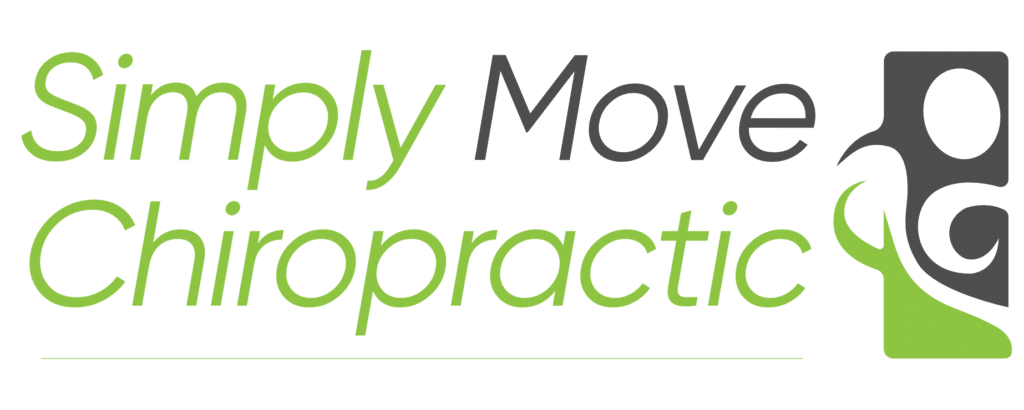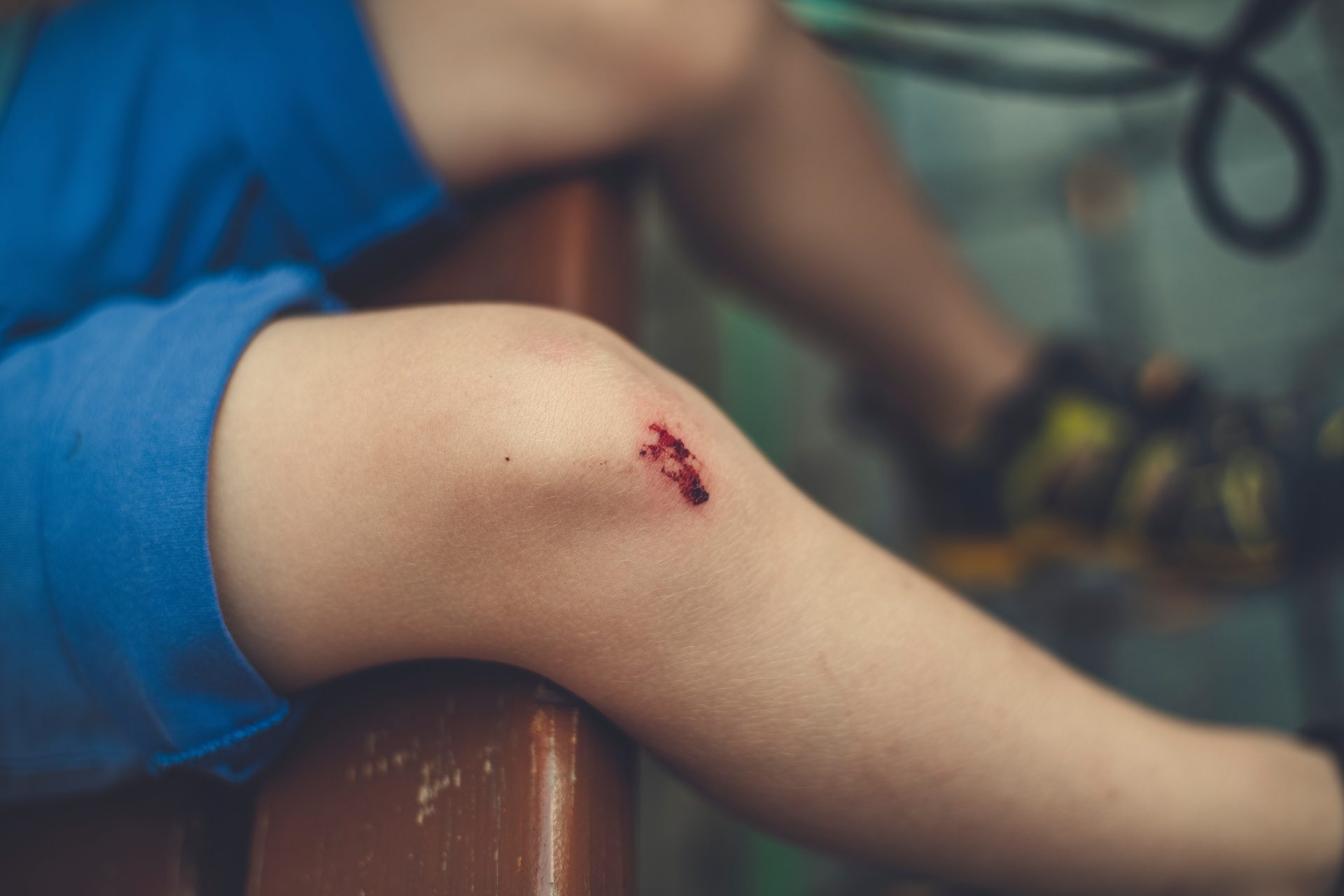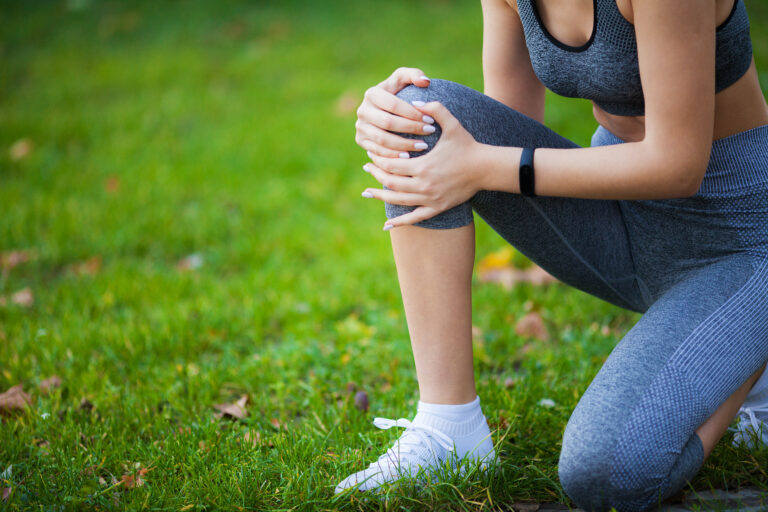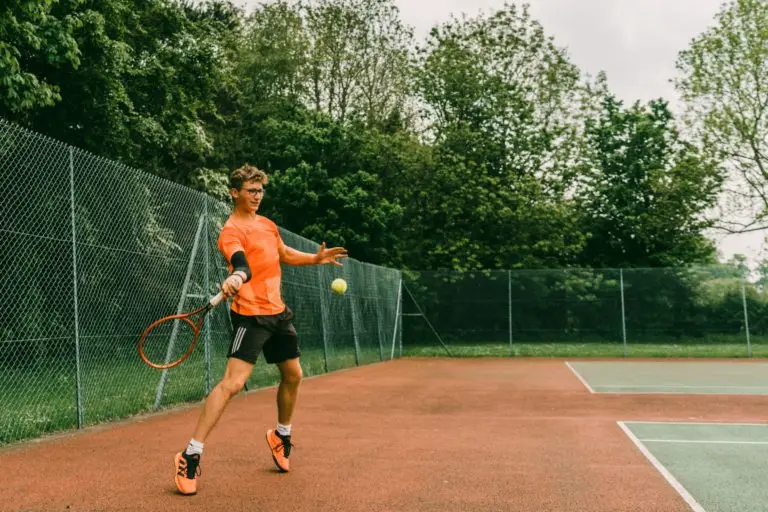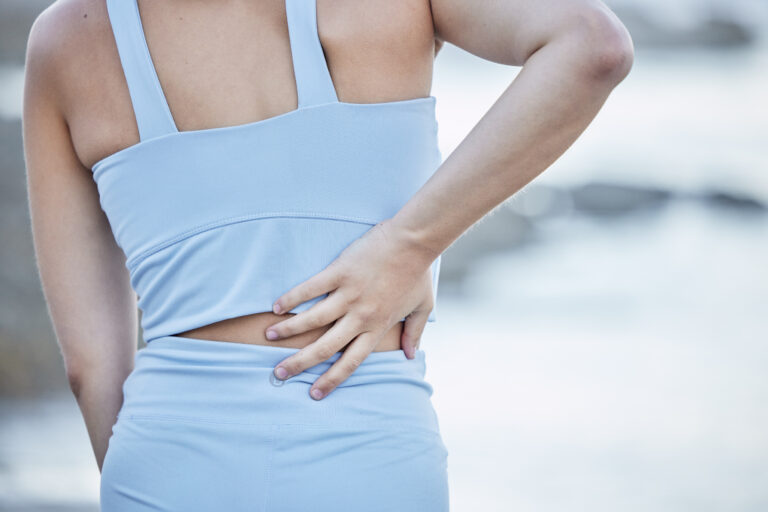Knee Pain: Understanding the Real Culprit
Knee pain is a common issue I see in my patients in Charlotte NC, especially among runners. Active Release Technique (ART) is a method I frequently use to address it. Interestingly, the knee itself is often not the root of the problem. In many cases, issues with the hips or ankles contribute to knee pain. Understanding the connection between joint stability and mobility can help explain why.
The Role of Hips and Ankles in Knee Pain
The knee is designed to be a stable joint, whereas the hips and ankles should be more mobile. When the hips or ankles lose flexibility, the knee compensates by becoming more mobile, which can lead to instability and pain. This is why my ART treatments often target the muscles around the hips and ankles. Through a functional movement screen, we can identify the primary source of the issue and focus our rehabilitation efforts there.
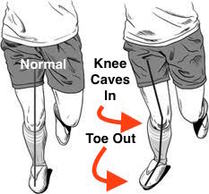
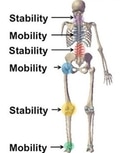
Ankle Issues and Their Impact
A common ankle-related problem is a lack of dorsiflexion—the ability to lift the foot towards the shin. This limitation can affect a runner’s form, leading to improper knee alignment and pain. ART for the ankle typically focuses on loosening the tight muscles in the calf to improve dorsiflexion. The muscles we often work on include:
- Popliteus
- Soleus
- Flexor digitorum longus
- Flexor hallucis longus
- Tibialis posterior
Hip Problems and Knee Pain
The hip can present a more complex challenge. Weakness in the hip’s outer muscles can lead to knee instability, mirroring the issues caused by ankle problems. This weakness forces the knee inward, placing stress on its inner side. Treatment targets for the hip often include the lateral hip and thigh areas, focusing on:
- IT band
- Gluteus medius
- Quadriceps
Key Takeaways for Patients in Charlotte
It’s crucial to understand that the site of your pain may not be where the problem actually lies. Consulting with a trained specialist is important to accurately diagnose and treat the underlying cause of your knee pain. While ART can significantly aid in the rehabilitation process and reduce discomfort, it’s not a standalone solution. A comprehensive approach that includes proper rehabilitation, strength, and flexibility training is essential for long-term relief.
By shifting our focus from treating just the symptoms to addressing the root causes of knee pain, we can achieve more effective and lasting outcomes. Whether the issue stems from the ankle or the hip, targeted ART treatments, combined with a dedicated rehabilitation program, offer a promising path to recovery.
Book With Me Today

